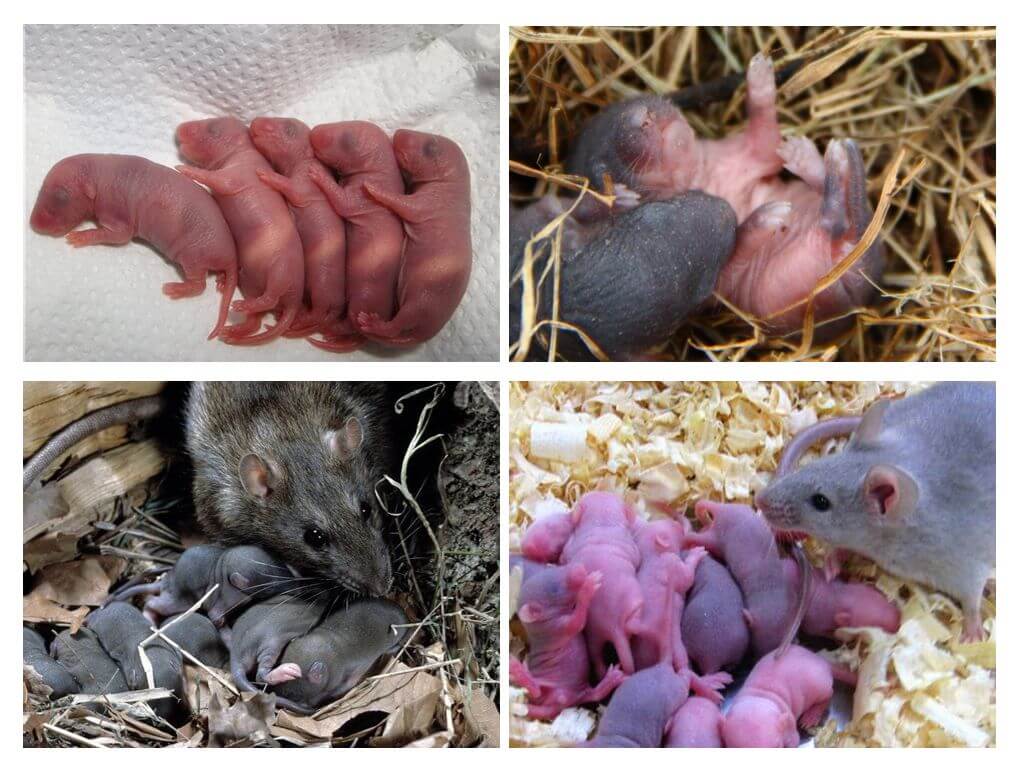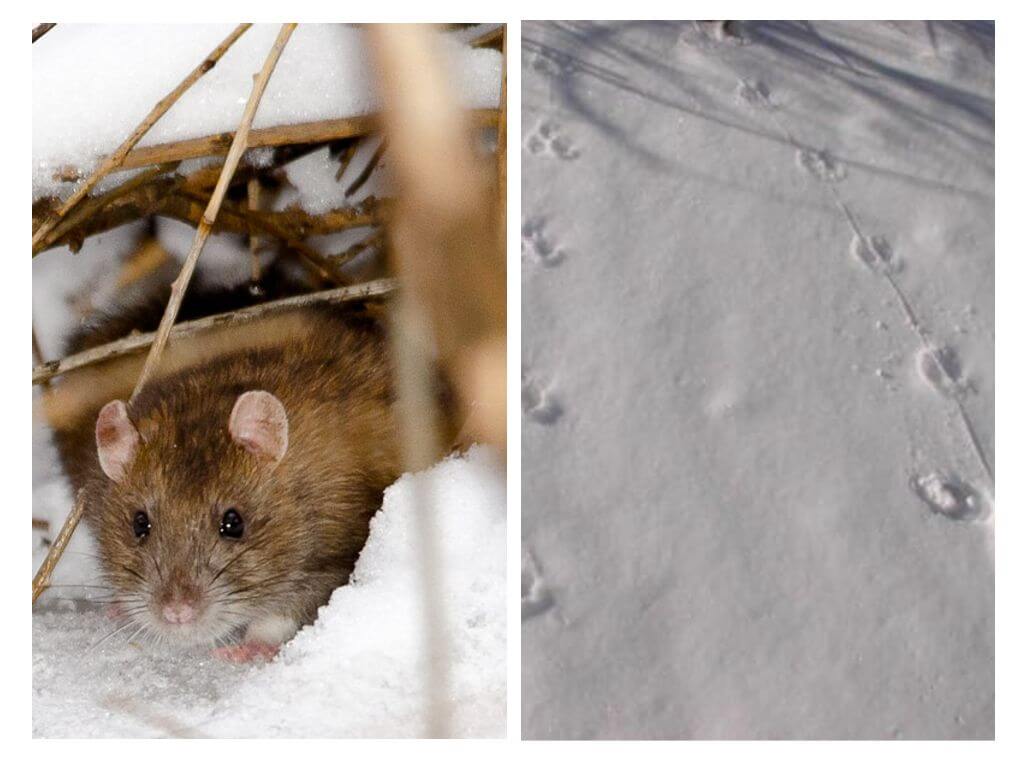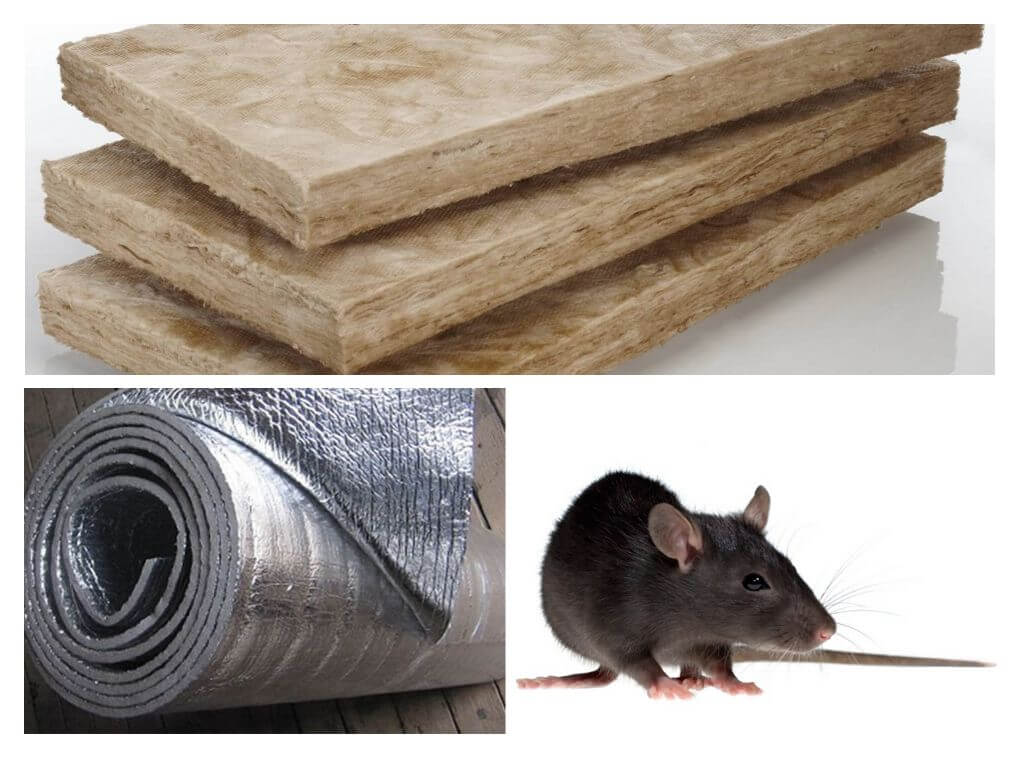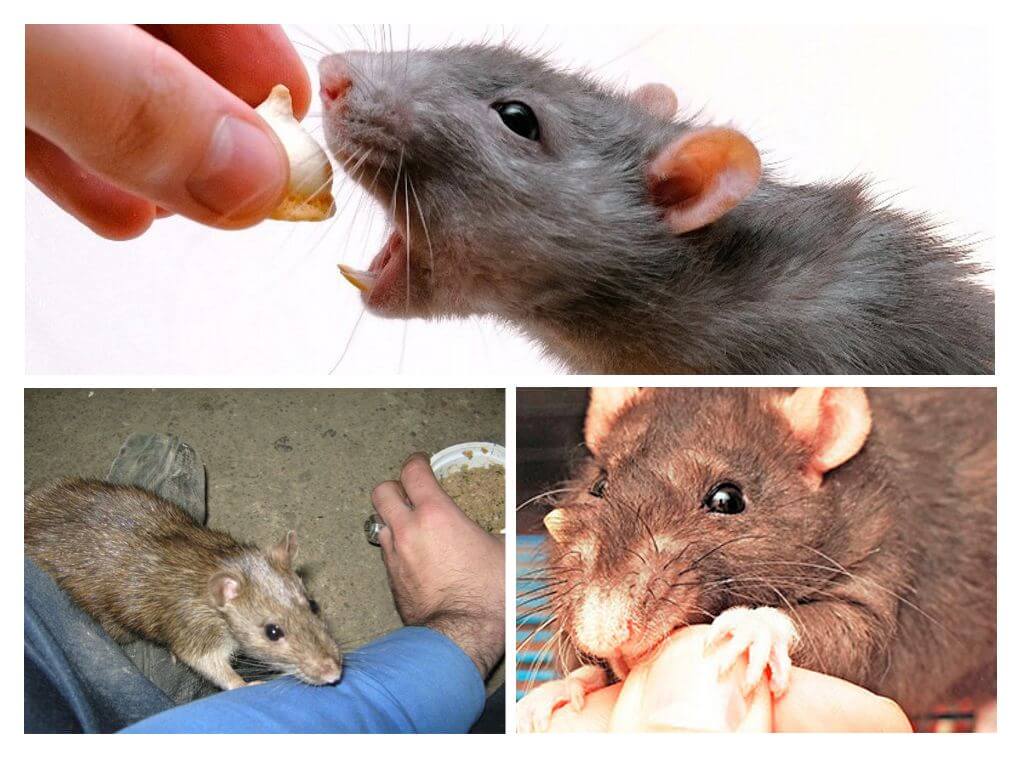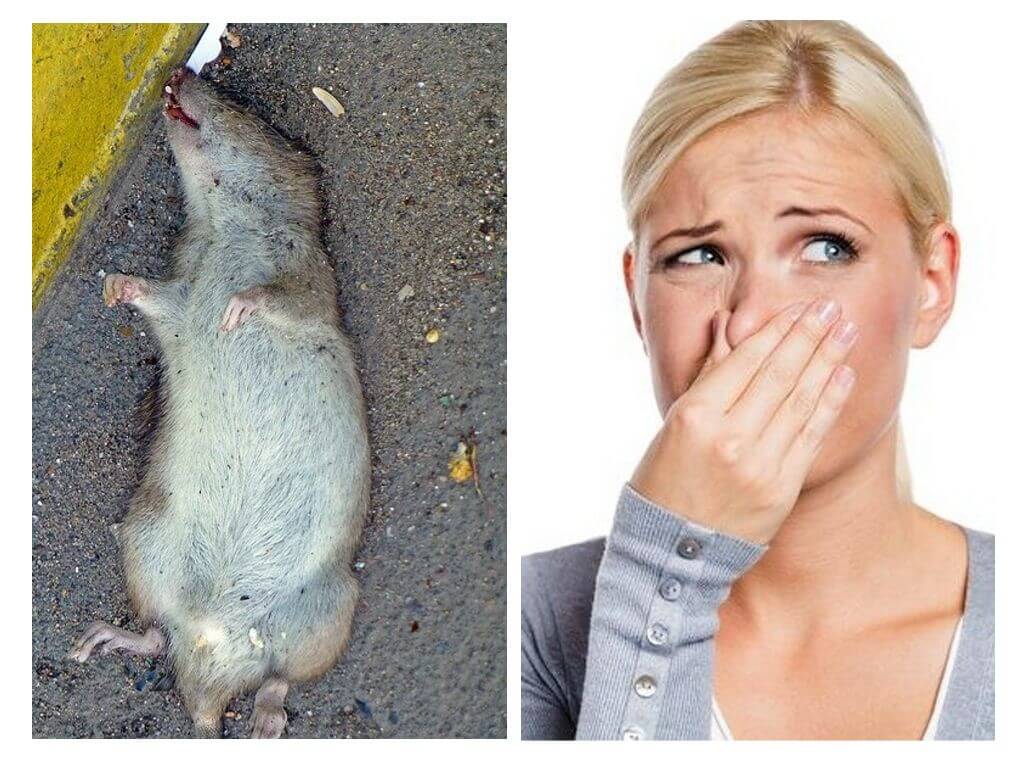Rats are bred as pets. These animals are smart, and caring for them is not difficult. But few will be delighted by wild rodents. The animal destroys food stocks, interferes with sleep and suffers serious diseases. To effectively fight the enemy, you need to know how small rats look and how they differ from their relatives - mice.
Appearance and development of the cub
An adult female gives birth to baby rats a month after her fertilization. The baby is born bald, blind and deaf. He has:
- stupid face;
- sharp ears pressed to the head;
- thick short tail.
Within a week, the rat cub is covered with short hair, soft to the touch. He has a small antennae. Rat tail gets longer as you grow older. On the thirteenth day after birth, the pups open their eyes, but rat vision not sharp. They begin to get out of the nest and explore the world.
Interesting!
In India, there is the "Temple of the Rats." Its inhabitants live in comfort and receive good food. Locals believe that the souls of deceased children live in these animals.
Three to four weeks after their birth, the rat pups become adult rodents. But they have not yet grown completely. Their length will be the same as that of a mouse. Therefore, people often confuse rat pups with a vole.
What is different from a mouse
Newborn rodents of different species are often confused with each other. The crumbs are very similar to each other, but still there are many differences between them. An attentive person by the appearance of the kids will quickly determine whose particular nest he was lucky to discover.
Cubs rats are distinguished from mice by the following criteria:
- The size. The body of the newborn rat will be longer than the mouse
- Muzzle. In a baby rat, it is like a chopped off one and has bulging eyes covered with skin.
- The ears. In the vole, they are round and large.
- Tail. The mice have a long and thin tail. It is equal to the length of their body.
The cubs in the photo will have a larger size. They are slightly thicker and darker than the newborn vole.
What is different from an adult mouse
The rat reaches its maximum size by the year. The appearance of the rat at the age of one month is similar in appearance to an adult mouse. People who do not know the difference between young rat pups and adult field voles use the wrong tactics of struggle, and therefore cannot get rid of pests.
The easiest way to identify a mammal is by the track that it leaves on damp ground. The paws of the rat have membranes, so an imprint with fingers wide apart and folds between them will be visible on the ground. Clearly visible rat tracks in the snow.
Interesting!
The paw size of a monthly rat does not differ from the size of the feet of an adult mouse.
Animals also move in different ways. The mouse minces, and the rat jumps. If on the ground the tracks are located close to each other, then a rush ran through here.
Decorative baby rats
A pet is more prolific. The female breeds more often, and there are many babies in her brood.
Interesting!
Mother eats dead baby rats. Part of the living offspring will be destroyed if their population is too large. So do the wild? and domestic mammals.
The species of domestic animals from wild relatives is no different. The decorative rat in the photo sometimes has eyes that merge with skin color. These eyes have albinos.
Means of combating mice and rats are different. Therefore, it is important to correctly identify the rodent. A large role in this is played by the ability to distinguish small rat pups from burrows.
